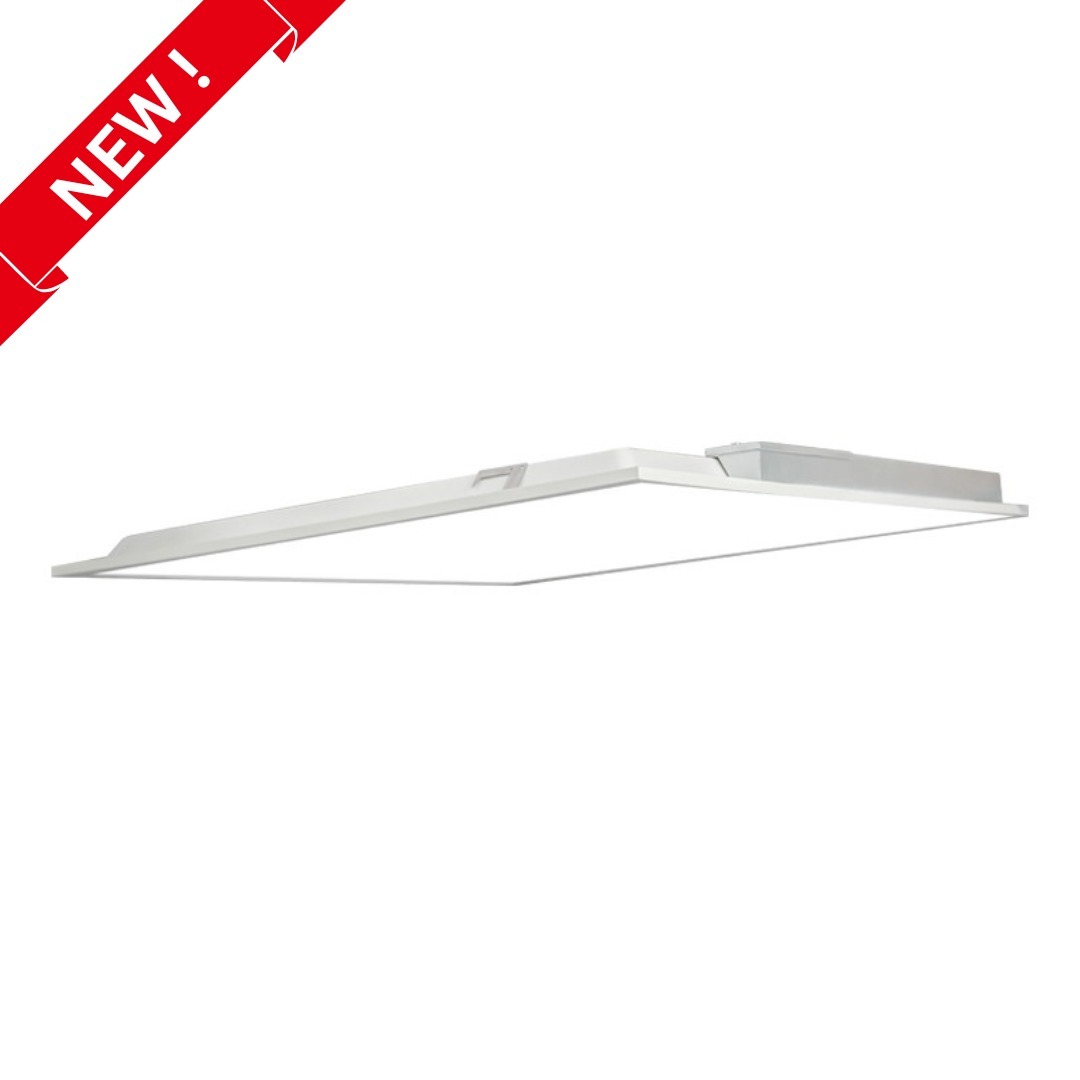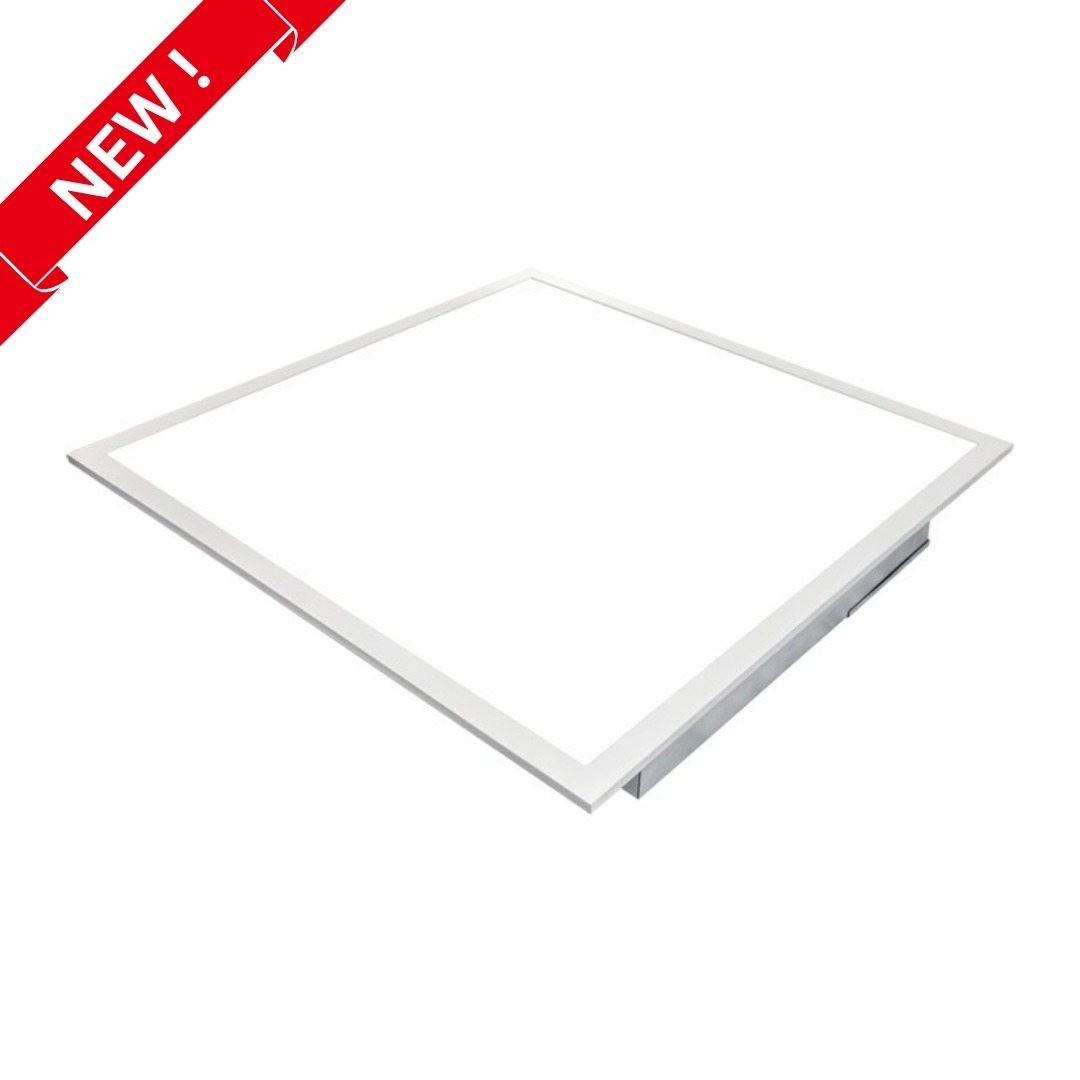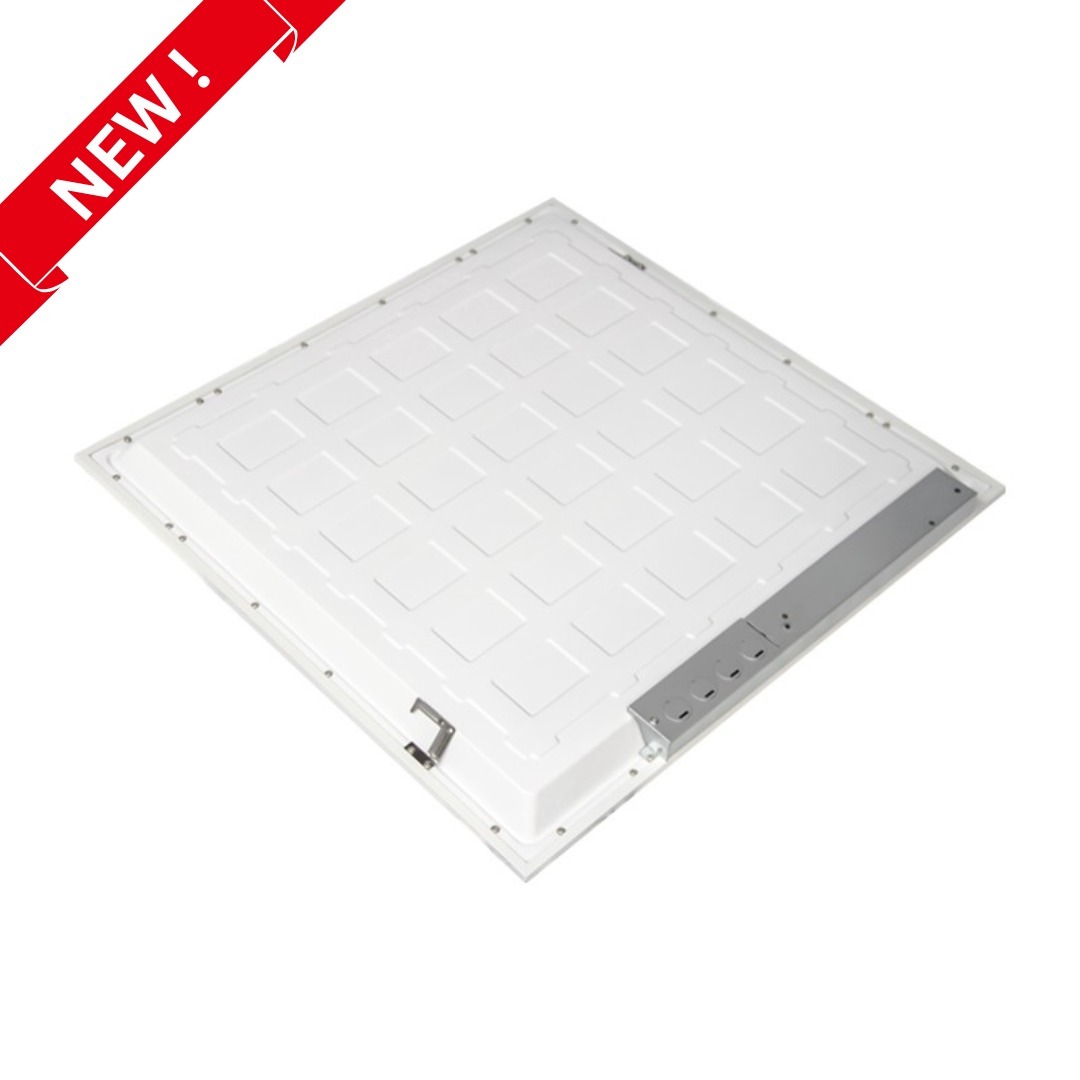Proper stadium lighting plays a pivotal role in creating a vibrant and safe environment for athletes, spectators, and broadcasters alike. Modern Stadium Lights for Football Fields, Stadium Lights for Soccer Fields, and Tennis Court Stadium Lighting provide even, bright lighting to large areas, making it easier for fans to follow the action and ensuring that the athletes have the visibility they need for optimal performance. This comprehensive Stadium Light Installation Guide covers every aspect of installing stadium lights, from assessing the stadium layout to performing Maintenance of Stadium LED Lights, while addressing important safety and technical considerations.
1. Planning the Installation
Assessing the Stadium Layout
Understanding the unique characteristics of the stadium is the first step toward installing stadium lights. A football field, for instance, has different lighting requirements compared to a tennis court or a soccer field. Stadium Lights for Soccer Fields must provide adequate lighting for fast-paced action across the entire field, while Tennis Court Stadium Lighting may focus more on lighting smaller, more precise areas.
To ensure a balanced LED Lights for Arena Lighting system, assess the playing surface and surrounding areas. Larger venues may also require lights for spectator stands, corridors, and entrances. A well-lit stadium ensures safe movement for spectators, especially during night games or events.
Additionally, for televised events, consider camera positions. Proper lighting placement ensures cameras can capture clear, shadow-free images, essential for high-definition broadcasts of Professional Sports Stadium Lighting.
Photo from FotografieLink via iStock
Defining Lighting Standards
International and national governing bodies like FIFA and NCAA set specific lighting standards. These include guidelines for light intensity, uniformity, and color temperature, ensuring a professional level of illumination for School Sports Field Lighting Solutions and larger sports venues.
- Horizontal Illuminance: Measures how much light reaches the playing field, vital for sports requiring athletes to see long distances.
- Vertical Illuminance: Refers to light on vertical surfaces, like players, which is crucial for clear broadcasts.
- Uniformity Ratio: Measures how evenly light is distributed across the field. Poor uniformity can affect gameplay and spectator visibility.
- Glare Control: Minimizing glare is essential for enhancing both player performance and spectator experience, especially during night games.
Determining the Type of Lights
Many stadiums are now transitioning from traditional lighting solutions, like metal halide or high-pressure sodium, to LED Lights for Arena Lighting. LED Stadium Light Maintenance Tips highlight that LED lights consume less energy, have a longer lifespan, and offer better overall lighting quality, reducing environmental impact and CO2 emissions.
LED lights offer several customization options, including:
- Beam Angle: Adjustable to direct light where needed. Narrow beams focus on the playing field, while wider beams illuminate larger areas like parking lots or stands.
- Color Temperature: Cooler lights (5000K or higher) are preferred for sports events, while warmer tones (3000K-4000K) are better suited for other events.
Additionally, consider ease of maintenance for LED lights, which, though long-lasting, still require periodic checks and Maintenance of Stadium LED Lights.
2. Choosing the Right Equipment
Selecting the Light Poles
Light poles are critical for Stadium Light Pole Installation and ensuring effective light coverage. Taller poles spread light more evenly, reducing the need for additional fixtures. For example, a football stadium might require 8-12 poles to cover the entire field adequately. High-mast poles, often over 30 meters tall, are essential for Professional Sports Stadium Lighting to prevent shadows.
Poles must be stable, especially in areas prone to strong winds or storms. Proper anchoring with deep, reinforced foundations is necessary to avoid accidents or instability.
Opting for the Right Fixtures
The fixtures used in Stadium Lights for Football Fields must withstand the elements while providing the desired light output. LED Lights for Arena Lighting fixtures should have a high IP rating (Ingress Protection), ideally IP65, to ensure dust-tightness and water resistance.
Fixtures with anti-glare technology help reduce light spillage, focusing light where it’s needed and minimizing light pollution. LED Stadium Light Maintenance Tips suggest using smart dimming fixtures to adjust lighting intensity for different events, conserving energy during practices or smaller games.
Control Systems
Control systems in modern stadiums are often integrated with IoT technology, allowing remote access to adjust and monitor lighting. These systems improve efficiency, enable dynamic lighting for events, and provide quick responses to outages or issues. Advanced systems also support synchronized lighting for concerts and shows, enhancing the overall experience.
Photo from FotografieLink via iStock
3. Electrical Requirements
Calculating Power Requirements
The power demand for stadium lighting is considerable, especially for larger venues. A single LED floodlight may consume 300 to 1200 watts. When multiplied by the number of lights needed, the total power can easily reach hundreds of kilowatts. Electrical engineers should calculate the necessary upgrades to handle the additional load, especially in older stadiums.
Ensuring Proper Wiring
Proper wiring is essential for How to Install Stadium Lights without issues like circuit overloads or short-circuiting. The wiring should be housed in conduits to protect against environmental and physical damage. Grounding systems are also crucial for protecting lights from power surges, particularly from lightning strikes.
Zoning the lighting system into multiple sections allows more precise control. For example, different areas of the stadium can be lit independently during smaller events, saving energy.
Photo from LeArchitecto via iStock
4. Installation Process
Assembling the Light Poles
Installing poles for Stadium Lights for Soccer Fields or other venues requires meticulous planning. Poles must be anchored securely into the ground, typically with concrete bases, to ensure stability in strong winds. For high-mast lighting systems, cranes are needed to position the poles accurately.
Mounting the Lights
Mounting the lights requires careful angle and height calculations to ensure uniform lighting across the playing surface. Photometric studies can help determine the best placement to avoid shadows or bright spots. Once mounted, the lights should be tested to ensure they meet the desired standards.
Conclusion
Installing stadium lights requires careful planning and consideration to ensure optimal performance and safety. LED lights are the preferred choice for modern stadiums due to their energy efficiency, long lifespan, and high-quality illumination. The installation process involves assessing the stadium layout, selecting appropriate lighting fixtures and poles, ensuring proper electrical systems, and adhering to lighting standards set by governing bodies. With proper planning, maintenance, and the right technology—such as anti-glare systems and smart controls—stadiums can achieve uniform, bright lighting for enhanced gameplay, spectator experience, and broadcast quality.
FAQs
What type of lighting is best for stadiums?
LED lights are the best choice due to their energy efficiency, long lifespan, and superior brightness. They provide instant-on lighting, reduce costs, and offer better color rendering compared to traditional lights.
How long does it take to install stadium lights?
Installation typically takes a few weeks to several months, depending on the size and complexity of the stadium and lighting system.
How much does it cost to install stadium lights?
Costs vary from $50,000 to over $1 million, depending on the venue’s size and the type of lighting required.
What maintenance is required for stadium lights?
Maintenance includes cleaning fixtures, inspecting wiring, and replacing damaged lights. LED lights require less maintenance and last longer than traditional systems.
How can you ensure proper light uniformity in stadiums?
Proper pole placement, photometric studies, and anti-glare technology help ensure even light distribution and minimize glare.




















